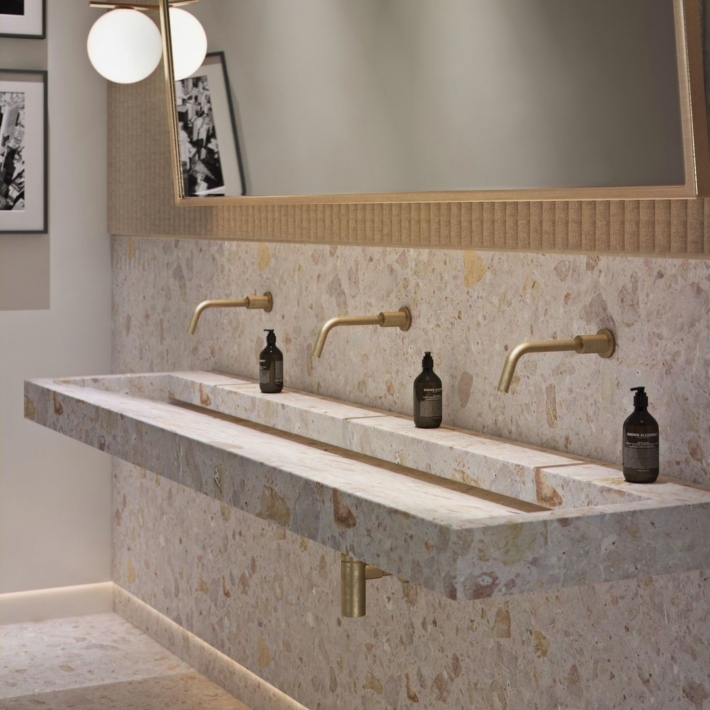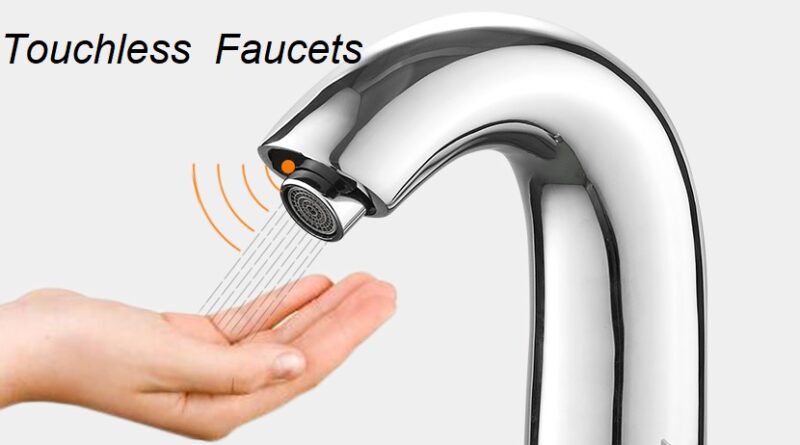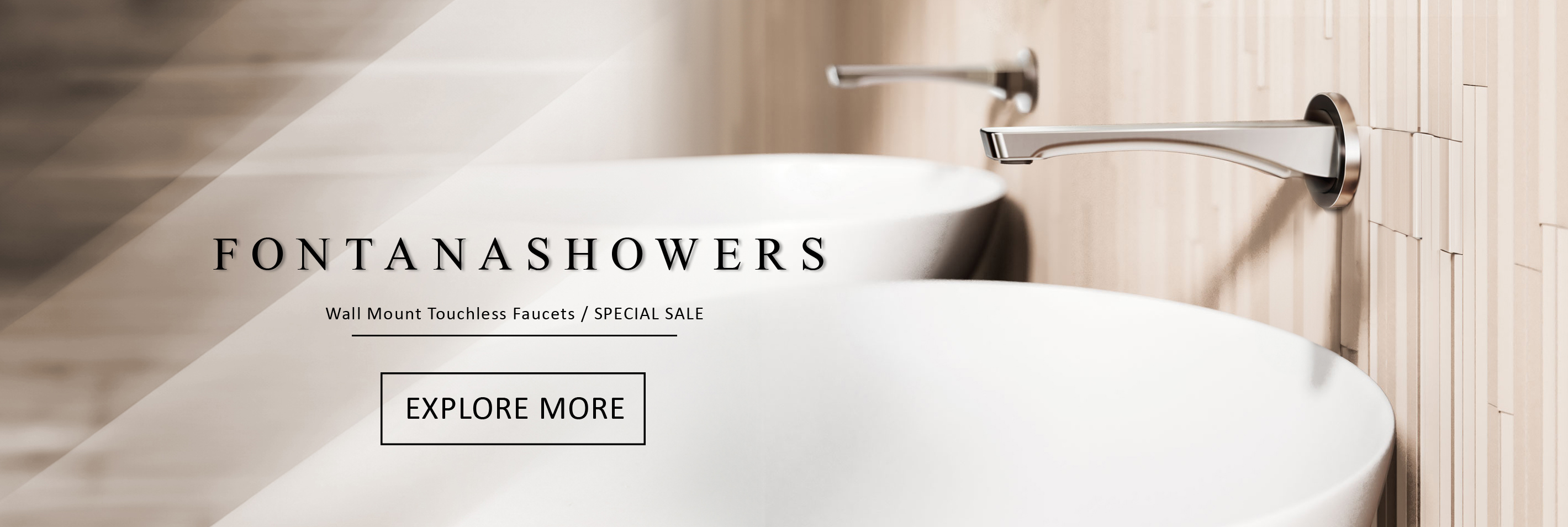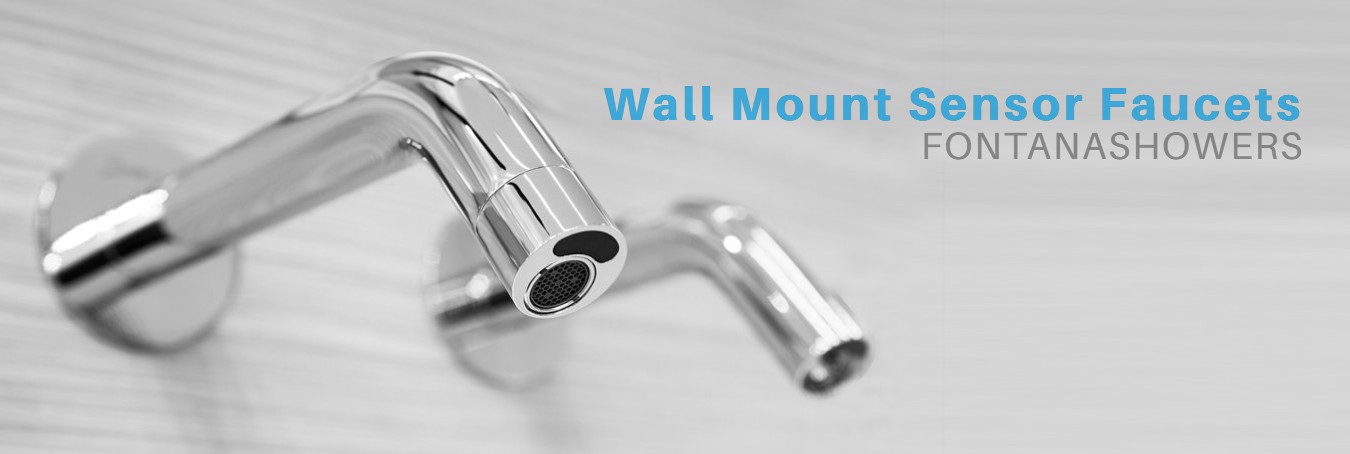Case Study: Touchless Faucets Accuracy and Reliability
Wall Configurations
Reliable choice for touchless bathroom faucetsThe wall-mount design of these faucets contributes to space-saving, freeing up valuable countertop space for a more organized and efficient bathroom environment. We offer a wide array of unique touchless bathroom faucets available in diverse designs and finishes, enabling our clients to find the perfect match that seamlessly complements any commercial bathroom design. With our commitment to quality, hygiene, and innovative design, FontanaShowers remains a reliable choice for touchless bathroom faucets that combine functionality and style.

Question: What technology is most commonly used in sensor faucets to detect hand presence?
Answer: Sensor faucets primarily use infrared technology to detect hand presence. This technology emits infrared light that, when reflected by an object like a hand, triggers the faucet to activate and release water.
Question: How accurate are sensor faucets in different lighting conditions or environments?
Answer: Sensor faucets are generally designed to be highly accurate across various lighting conditions. They use infrared sensors that are not significantly affected by changes in ambient light, ensuring consistent performance regardless of the environment.
Question: What is the typical response time of a sensor faucet from activation to water flow?
Answer: The typical response time for sensor faucets is between 0.5 to 2 seconds. This quick activation ensures a seamless user experience by providing immediate water flow upon hand detection.
Question: How do manufacturers ensure the reliability of sensor faucets over time?
Answer: Manufacturers ensure the reliability of sensor faucets through rigorous testing, quality control measures, and the use of durable materials. They often provide warranties and require minimal maintenance to guarantee long-term performance.
Question: What are the common causes of malfunctions in sensor faucets?
Answer: Common causes of malfunctions in sensor faucets include dirt and debris on the sensor, low battery power, poor water quality leading to mineral buildup, and occasional electronic failures.
Question: How do sensor faucets perform in high-traffic areas where quick response times are crucial?
Answer: Sensor faucets are designed to perform well in high-traffic areas with robust construction and fast sensor response times. They are capable of handling frequent activations without a decrease in performance or reliability.
Question: What quality control measures are in place during the manufacturing of sensor faucets?
Answer: During manufacturing, sensor faucets undergo multiple quality control checks, including functionality tests, durability assessments, and inspections for material defects, ensuring they meet industry standards for performance.
Question: Are there any specific standards or certifications that assess the accuracy and reliability of sensor faucets?
Answer: Yes, sensor faucets are often evaluated against standards set by organizations like the American National Standards Institute (ANSI) and the International Organization for Standardization (ISO), which verify their performance, durability, and safety.
Question: How often do sensor faucets require recalibration or maintenance to maintain accuracy?
Answer: Sensor faucets typically require minimal recalibration; maintenance might include routine cleaning of the sensor area and battery replacements, generally recommended annually or according to usage.
Question: What impact do mineral deposits and water quality have on the sensor’s accuracy?
Answer: Poor water quality can lead to mineral deposits on the sensor lens, potentially interfering with its ability to detect accurately. Regular cleaning is recommended to maintain optimal sensor performance.



